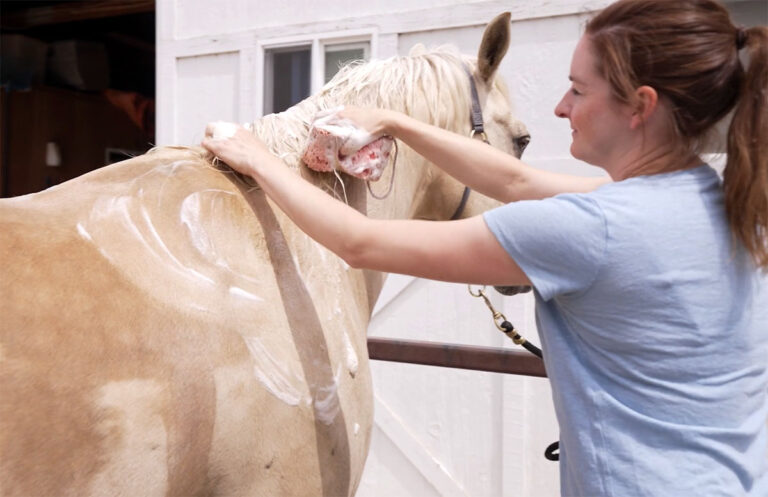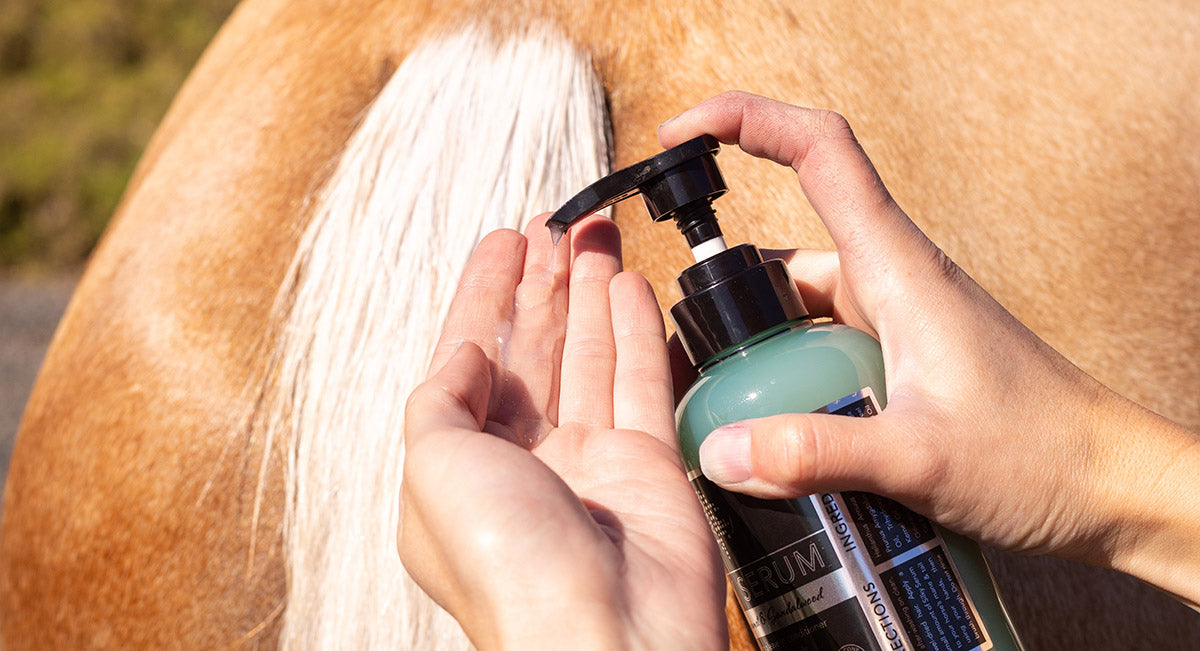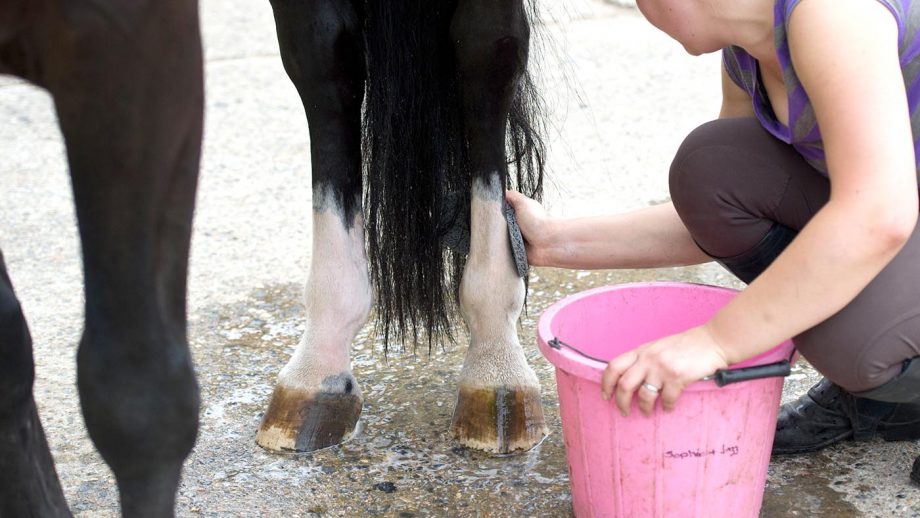Choosing the right bridle for your horse is crucial for ensuring comfort and effective communication between you and your equine companion. The bridle is not just a tool for riding but a bridge for connection. If you’re wondering, how do I choose the right bridle for my horse, you’re not alone. This guide aims to simplify the process, ensuring you make an informed decision that benefits both you and your horse.

Understanding What a Bridle Is
A bridle is an essential piece of equestrian tack used to direct a horse. It consists of headgear and a bit and reins. Each component plays a critical role in giving the horse direction and ensuring the rider has control. Knowing the structure will aid in choosing the best fit for your horse.
Types of Bridles
English Bridles
English bridles come in various styles designed for different disciplines like dressage, show jumping, and cross-country. Their refined look and functional design are favored by many.
Western Bridles
Western bridles are typically adorned with more embellishments. They often lack a noseband, offering a different kind of control suitable for western riding disciplines.
Bitless Bridles
For a gentler approach, bitless bridles offer control without using a bit, ideal for sensitive horses or riders who prefer a softer touch.
Materials to Consider
Leather Bridles
Leather bridles are the most traditional choice. They offer durability and a classic look but require regular maintenance.
Synthetic Bridles
Synthetic options are low-maintenance and often more affordable. They can be a practical choice for all-weather riders.
Fitting the Bridle Correctly
Ensuring a correct fit is key to comfort and control. A bridle should sit comfortably without pinching. It’s crucial to check the fit around the noseband, browband, and where the bit sits in the mouth.
Additional Features to Look For
Consider additional features like adjustable cheekpieces, padded nosebands, or custom options to enhance comfort and fit.
Choosing the Right Bit
Understanding Bit Types
The bit is a significant part of choosing the right bridle. It’s important to consider the horse’s sensitivities and the rider’s comfort when selecting a bit.
Importance of Bit Material
Bits come in various materials, such as stainless steel or softer metals. Some horses respond better to certain materials, affecting their responsiveness during rides.
Bridle Care and Maintenance
Caring for your bridle extends its life and ensures safety. Regular cleaning and proper storage are crucial. For more tips on storing gear, explore this guide.

FAQ
Why Does My Horse Need a Bridle?
The bridle is essential for communication and control during rides. It allows for gentle cues and direction, facilitating a safe and enjoyable riding experience.
Can I Use a Bridle Without a Bit?
Yes, bitless bridles offer control without discomfort from a bit, suitable for specific horses and riding styles.
How Often Should I Replace My Bridle?
Assess wear regularly. Well-maintained leather bridles can last years, while synthetic options may require more frequent replacements.
For new equestrians or those looking to refine their skills, exploring topics such as safety tips for beginners or bonding exercises can be beneficial. These resources offer insights into promoting a safe and rewarding horse riding experience.
Happy riding and may you and your horse enjoy many pleasant journeys together!







